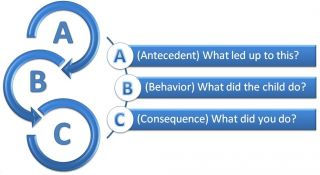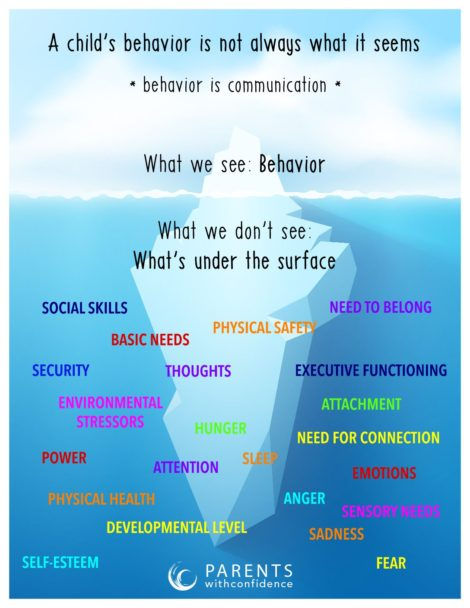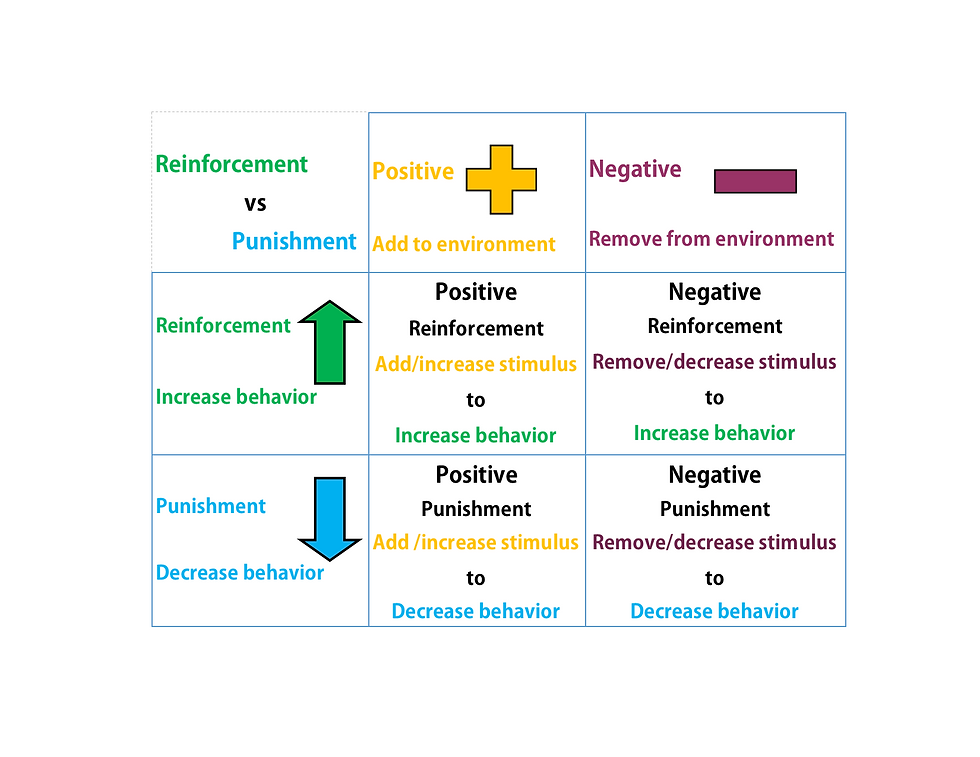ABC's of Behavior
- Kelly Minor

- Mar 29, 2020
- 1 min read
Updated: Mar 30, 2020

All behavior serves a function. Taking data is the best way to figuring out what the behavior is trying to communicate to us. When taking data it is best to look at antecedents, behavior of concern, and consequences. An antecedent is what happens directly before the behavior. The behavior is the behavior of concern the student exhibits. The consequence is the action or response that follows the behavior.
Antecedents:
· When identifying the antecedents, consider these questions:
· Where does the behavior happen?
· With whom does the behavior occur?
· When does the behavior happen?
· What activity is the behavior occurring during?
· What are other students doing when the behavior begins?
· What are other teachers/adults doing when the behavior begins?
It is also helpful to consider possible contributing factors, such as:
· Specific staff
· Proximity of others
· Noise level in the classroom
· Number of individuals in the area
· Other environmental conditions: lighting, door (open/closed), noise in hallway, etc.
· Medication changes
· Family/Home Variables: visiting family members, divorce, birth of a sibling, etc.
· Current health status of the student
Behavior:
Even though you should have a clear, operationally defined target behavior with examples and non-examples, it is important to record as much information about the behavior of concern during your observations. Rather than writing, "aggression", your notes should be descriptive by using more detail, such as, "kicked peer", "hit adult with fist", "pinched peer's arm".
Consequences:
When identifying consequences, it may not be as clear as "time out", "reprimand" or "ignore". Often times when observing behavior one may find that multiple events will follow the behavior of concern. All actions and responses should be recorded and evaluated for its influence on the target behavior.


Comments